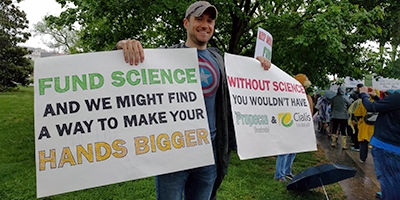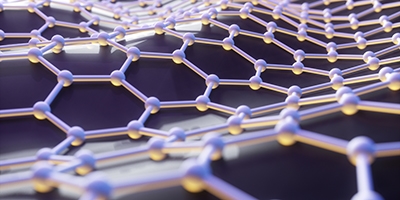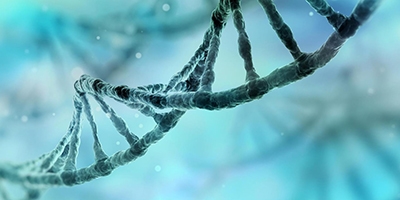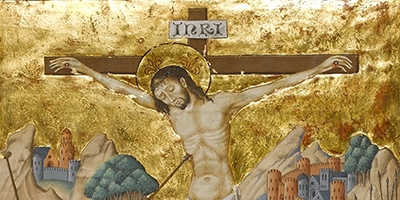Technique behind photo album of biological close-ups scoops chemistry’s top gong
The chemistry Nobel prize celebrated a method to coax intricate details out of systems that otherwise defy characterisation. Cryo-EM involves freezing biological molecules in glassy ice. These molecules are then pictured with electrons, rather than photons, and the flat images combined computationally into three-dimensional ones. The nearatomic resolution images resulting from cryo-EM have given scientists fundamental insights into some of life’s smallest components. Ribosomes, mitochondria, ion-channels and DNA can not only be pictured up-close, but also in their physiological environment.
Many chemists questioned why this work fell into the chemistry category. Jacques Dubochet even touched on this in his Nobel banquet speech. ‘When it is about the living world, it is called biology. When it looks for the basic laws of space and forces, we call it physics. Chemistry is the science of atoms. Elaborating on Democritus’ idea, chemists learn how atoms stick or don’t stick together, thus forming molecules,’ he said. But he went on to say ‘I would rather believe that this prize is a testimony of the unity of science.’
How to use this timeline
Simply click the direction arrows to go to the next or previous story, or click and drag along the timeline itself to jump ahead in the year. There was a lot to report on in 2017, so you can use the + or - buttons to zoom in or out of the timeline itself
View our topic timelines
You can choose from our four detailed timelines to take a closer look at the chemistry research, news and views that happened in 2017

News and current affairs
Science hit the headlines throughout the world in 2017, with Marches for science rising against the Trump administration in particular. And Brexit may mean Brexit, but what does it mean for chemistry?

Atoms and bonding
All the big developments in chemistry research, including bonding, reactions and synthesis, materials and the rise of digital chemistry

Biochemistry and medicine
From a Nobel prize in imaging biological systems to developing powerful new painkillers, chemists have been at the forefront of medical innovation in 2017

History and culture
Chemists continue to help us understand our history, shedding light on materials and practices behind great works of art, while shaping the culture we live in